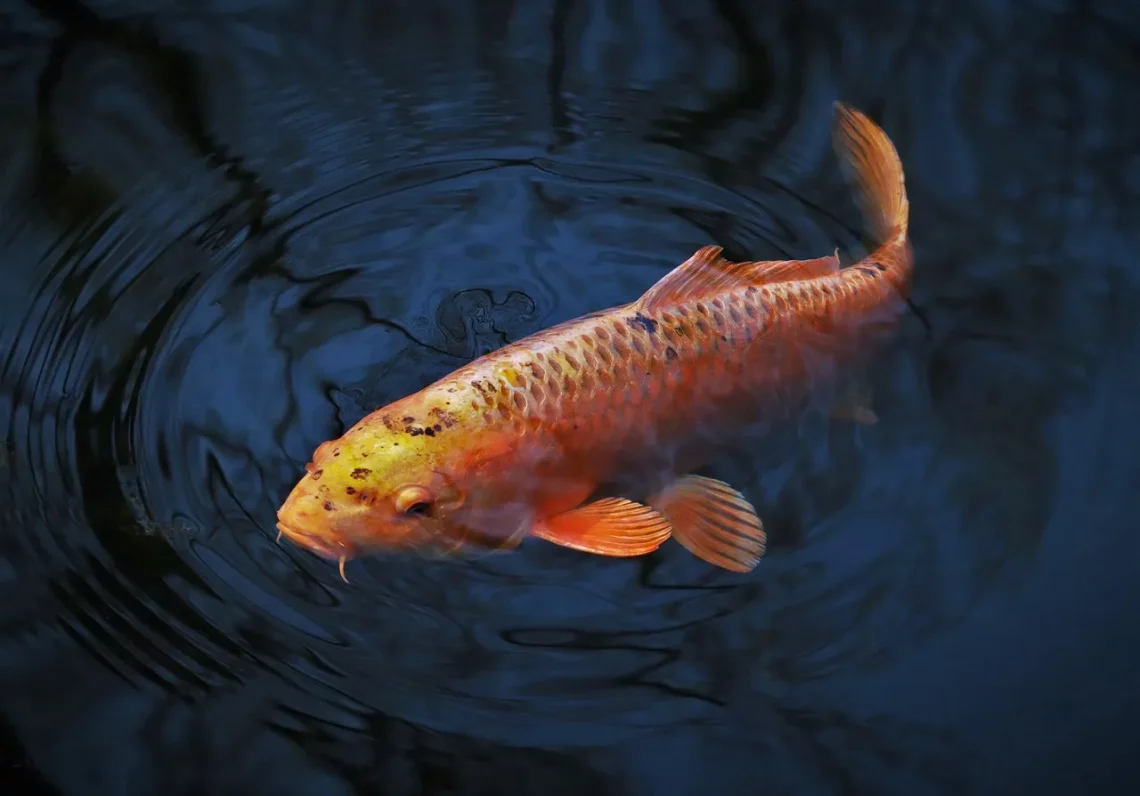
Do Goldfish Eat Other Fish? Understanding Their Dietary Habits
Goldfish are among the most popular pets worldwide, known for their vibrant colors and graceful movements. These aquatic creatures have captured the hearts of many, making them a staple in homes, schools, and offices. However, caring for goldfish requires a deeper understanding of their unique dietary needs and behaviors. As omnivores, goldfish exhibit a variety of feeding habits that can sometimes lead to misconceptions about their dietary preferences.
Understanding what goldfish eat is crucial for their health and well-being. It’s not just about providing them with food; it’s also about ensuring that their diet is balanced and appropriate for their size and age. Many fish enthusiasts wonder if goldfish might consume other fish, leading to concerns about tank dynamics and compatibility with other aquatic pets. This question opens up a broader discussion about their natural instincts, feeding behaviors, and the types of food that are best suited for them.
In this article, we will explore the dietary habits of goldfish, their omnivorous nature, and how to create a suitable feeding regimen that promotes their health while considering tank mates.
Understanding Goldfish Feeding Behavior
Goldfish have a fascinating feeding behavior that is influenced by their natural instincts and environment. As omnivores, they are capable of consuming both plant and animal matter, which means their diet can be quite varied. In the wild, goldfish primarily feed on small insects, algae, and plant matter. This natural foraging behavior is essential to understand when considering their dietary needs in captivity.
One of the most notable aspects of goldfish feeding is their tendency to graze. They often nibble at the substrate, searching for small bits of food or organic matter. This behavior mimics their natural habitat, where they would sift through the mud and plants to find sustenance. It’s important to provide them with a diet that reflects this natural behavior, incorporating both high-quality pellets and fresh vegetables.
Moreover, goldfish are known to be opportunistic feeders. In a communal tank, they may exhibit predatory behavior, especially if they notice smaller fish or invertebrates. While goldfish do not actively hunt like carnivorous fish, they may nibble on smaller tank mates, particularly if they are hungry or if the food supply is inadequate. This aspect highlights the importance of selecting tank mates carefully, ensuring that the sizes and species are compatible to prevent any unintended harm.
Lastly, goldfish thrive on routine. They will quickly learn when feeding time occurs, and their excitement can lead to aggressive behavior towards their food. This feeding frenzy can sometimes make it seem as though they are more predatory than they actually are. Understanding these behaviors is crucial for maintaining a peaceful aquarium environment and ensuring that all fish in the tank can coexist harmoniously.
Dietary Needs of Goldfish
Goldfish require a well-rounded diet to ensure their growth, health, and longevity. Since they are omnivores, their nutritional needs encompass both proteins and carbohydrates, along with essential vitamins and minerals. The key to a balanced diet lies in variety; feeding them only one type of food can lead to nutritional deficiencies.
Commercial goldfish pellets or flakes are commonly used as the primary food source. These products are specifically formulated to meet the dietary needs of goldfish, containing the right balance of proteins, fats, and carbohydrates. However, it’s essential to choose high-quality brands that list whole food ingredients rather than fillers.
In addition to pellets, incorporating fresh vegetables into their diet can provide goldfish with essential nutrients. Foods such as blanched peas, spinach, and lettuce can be offered as treats. These vegetables not only provide vitamins and minerals but also aid digestion, which is crucial for these fish that are prone to swim bladder issues if overfed.
Another aspect of their diet includes the occasional protein source. While goldfish can eat small live foods like brine shrimp or daphnia, it’s important to limit these to prevent them from developing a preference for live foods. Over-reliance on live or frozen food can lead to imbalanced nutrition and health issues.
Lastly, always remember to avoid overfeeding. Goldfish have a tendency to eat until they are full, which can lead to obesity and related health problems. A good rule of thumb is to feed them only what they can consume in a few minutes, twice a day. Monitoring their weight and overall health is crucial to ensure that they thrive.
Compatibility with Other Fish
When considering the question of whether goldfish eat other fish, it’s essential to think about tank dynamics and compatibility. Goldfish can coexist peacefully with various species, but there are certain factors to consider to prevent any predatory behavior.
Firstly, the size difference between goldfish and their tank mates is crucial. Goldfish can grow quite large, and their mouths can easily consume smaller fish. Species like neon tetras or guppies, which are small and fast, may be at risk if kept with goldfish. It’s advisable to choose tank mates that are of a similar size or larger to minimize the risk of accidental nibbling or aggression.
Additionally, goldfish are generally peaceful creatures, but their feeding habits can change when they are hungry or stressed. In a community tank, they may display more aggressive behavior towards smaller fish, especially during feeding times. Therefore, ensuring that all fish are well-fed and that the tank is spacious can help reduce competition and potential conflicts.
Another factor to consider is the temperament of the other fish. While goldfish are often docile, some species may not tolerate their presence. Aggressive or territorial fish could harass goldfish, leading to stress and health issues. Researching the compatibility of potential tank mates before introducing them is essential for maintaining a harmonious aquarium environment.
Finally, keep in mind that goldfish are known to produce a significant amount of waste. Therefore, tank mates should also be able to thrive in a slightly more polluted environment. Ensuring proper filtration and regular tank maintenance will help maintain water quality for all inhabitants.
Best Practices for Feeding Goldfish
Feeding goldfish may seem straightforward, but there are several best practices to ensure they receive a nutritious and balanced diet. Understanding how to properly feed your goldfish can significantly impact their health and longevity.
First and foremost, establish a feeding schedule. Consistency is key when it comes to feeding goldfish. Feeding them at the same times each day helps regulate their digestive systems and encourages healthy eating habits. Two small meals per day are generally recommended, as it mimics their natural grazing behavior.
When it comes to the type of food, opt for high-quality goldfish pellets or flakes as the staple diet. Be sure to check the ingredient list and avoid products with excessive fillers or artificial additives. Supplementing their diet with fresh vegetables can enhance their nutrition and provide variety.
Introduce new foods gradually. If you want to add fresh or frozen food to their diet, do so slowly to prevent digestive issues. Observe how your goldfish react to new foods, and be mindful of any changes in their behavior or health.
Moreover, avoid overfeeding. Goldfish have a tendency to eat more than they need, which can lead to obesity and other health problems. A good approach is to feed them a small amount of food that they can consume within 2-3 minutes. If there is leftover food in the tank, it’s a sign that you may be offering too much.
Lastly, always monitor water quality. Goldfish produce a substantial amount of waste, which can affect the tank’s water quality. Regular testing and maintenance are essential to ensure a healthy environment for your fish. Clean the tank regularly and perform partial water changes to keep the conditions optimal.
In conclusion, understanding the dietary habits of goldfish is crucial for providing them with the best care possible. By recognizing their feeding behaviors, dietary needs, and compatibility with other fish, aquarists can create a thriving environment for their goldfish.
*Disclaimer: This article is not intended as medical advice. For any health-related concerns regarding your pets, please consult a veterinarian or a qualified fish health expert.*




